How Did Valentine’s Day Start and Why is Cupid Associated With it?

Valentine’s Day didn’t begin as a celebration of love—nor did it have anything to do with Cupid, the winged baby with his bow and arrow. Saint-Valentine’s day, as the original name implies, was originally a religious feast honouring a Christian priest martyred on February 14th, known as Valentine. Like many other saint days in ancient […]
Greek Mythology in Renaissance Art: A Timeline of Periods, Styles, and Key Artists

When we think of Greek or Roman mythology, many of the images that come to mind—Zeus, Athena, Apollo—are shaped by art from the Renaissance era. This period saw a revival of classical antiquity, and the way mythological gods were portrayed in Renaissance paintings has had a lasting influence on how we imagine them today. Even […]
Dionysus God of Wine & Ecstasy | Key Facts, Symbols and Myths
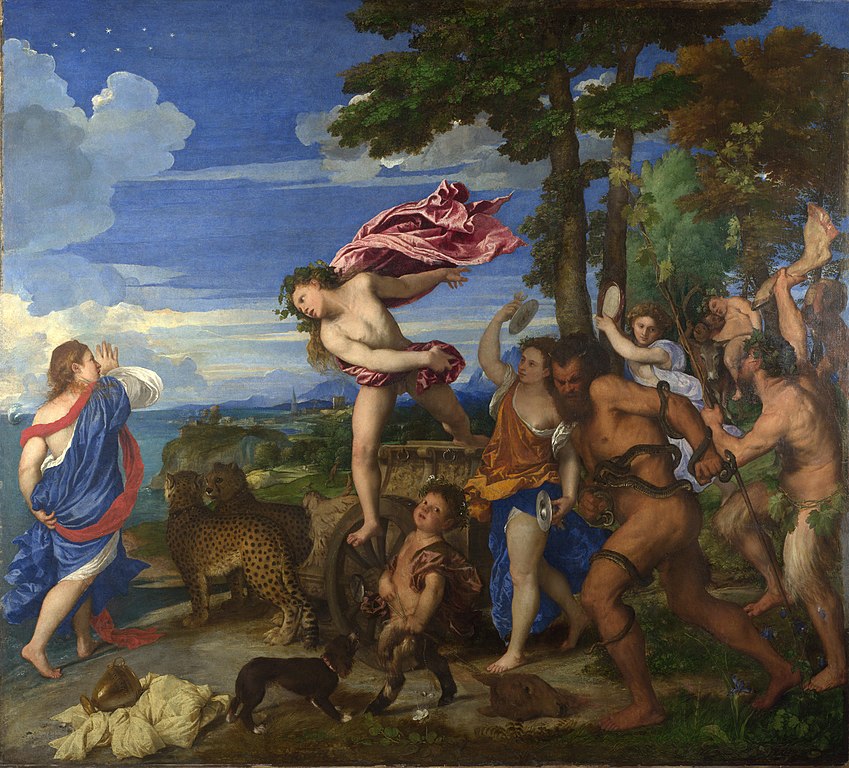
Brief overview of Dionysus Initially worshipped as a god of vegetation and fertility, Dionysus later became known for theater, and most famously, as the god of wine, ecstasy, and festivity. His foreign origins are an essential part of his myth, and in Rome, he was also known as Bacchus, a name adopted by the Greeks […]
How Was Athena Born? Exploring the Myth, Symbolism, and Artistic Representations

How was Athena born? The story of how the goddess Athena was born is one of the most interesting and symbolic events in Greek mythology. It highlights the goddess’s attributes of wisdom, strategic warfare, and craftsmanship, showing her elevated position in the Greek pantheon and the dynamic of power and intellect in ancient Greek society. […]
Secrets of the Botticelli Primavera Painting: A Comprehensive Mythology Analysis
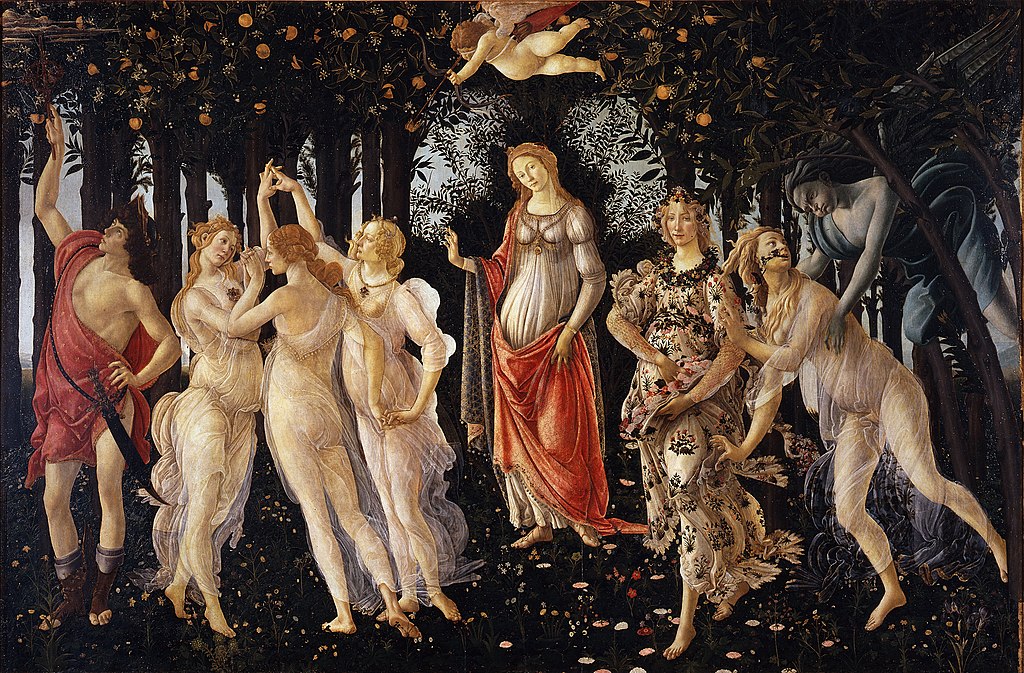
Quick Facts on the Botticelli Primavera Artist: Sandro Botticelli Time period & style: Early Renaissance, Italy. 1480’s Current location: Uffizi Gallery, Florence Material: wood, 207 x 319 cm The Botticelli Primavera painting is one of the most popular and discussed Renaissance artworks in the Western world. The reason is its enigmatic composition that no one […]
How Planets Were Named: Matching Traits to Greek and Roman Gods
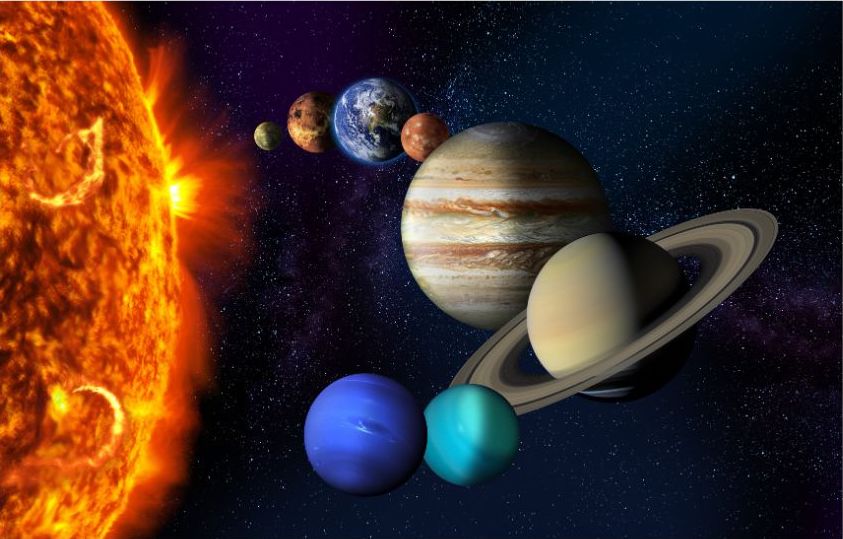
The Romans strategically named each planet in the solar system after their gods (and one Greek god), aligning the planets’ traits with those of the gods. Let’s find out how! Note: Uranus and Neptune were not named by the Romans (The Romans only knew of the first 5 planets – Mercury, Venus, Mars, Jupiter, […]
Poseidon, Greek God – Core Myths, Symbolism and Essential Facts
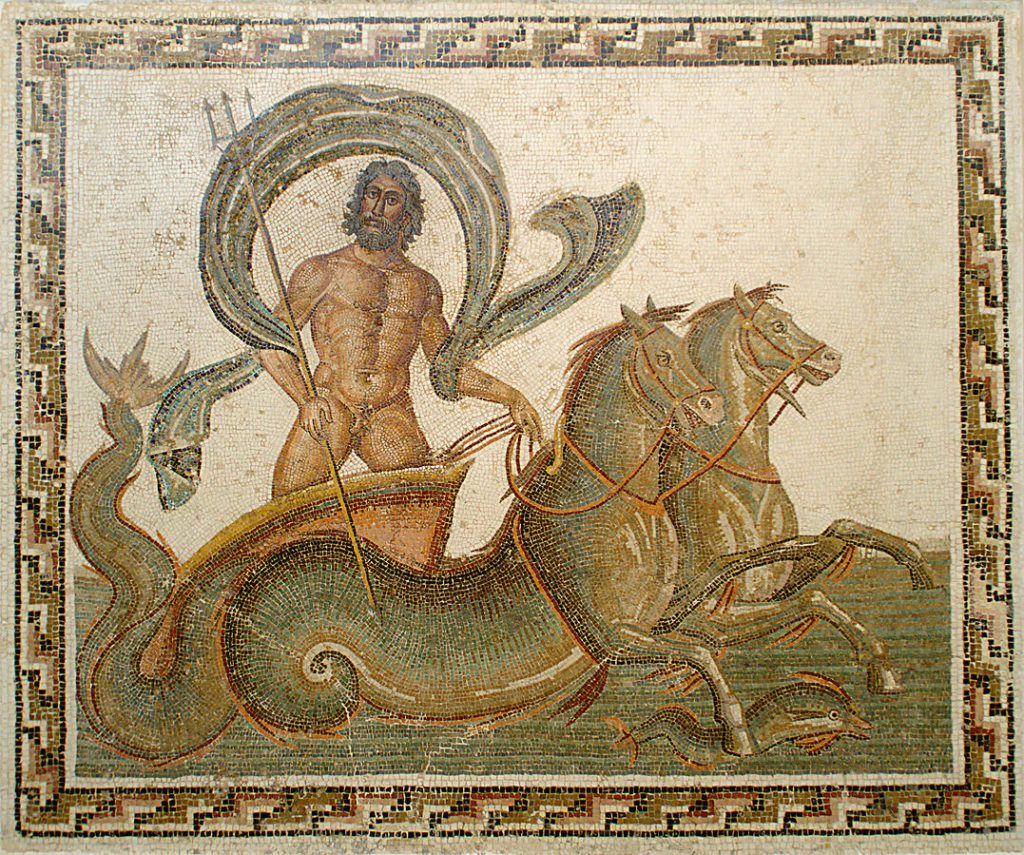
Poseidon is an Olympian god who holds dominion over the seas and governs earthquakes and storms. He is identified in the Roman world as Neptune. Explore all the crucial facts about this Greek sea god, including his historical origins, significant myths, author who depicted him, his symbolic significance, notable painting, and enduring influences. How […]
Greek Gods Cheat Sheet – Instantly Identify the Olympians
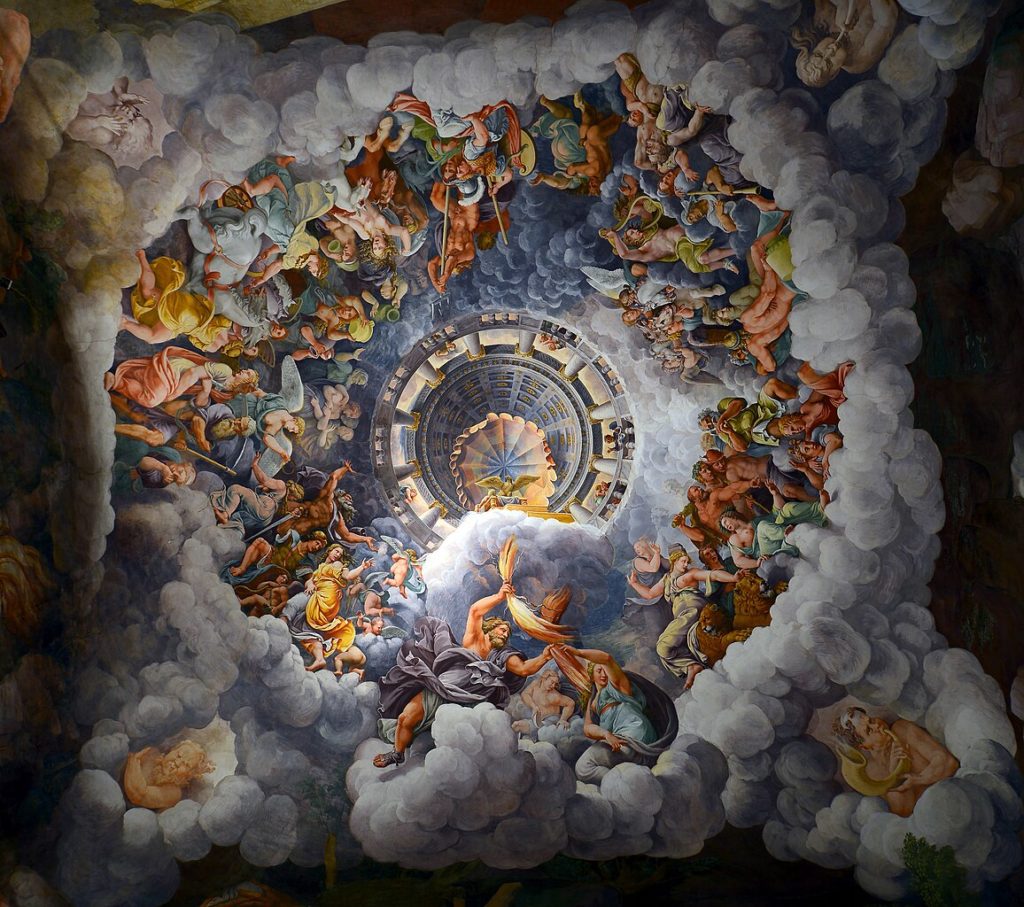
Even when you’re familiar with Greco-Roman mythology, it may be tricky to remember which Greek (or Roman) god is who. For example, would you be able to recognize the Olympian gods in the famous Renaissance painting above? (or here) Oh, they’re there, and they’re recognizable. You just need to know their characteristics and symbols. Here […]






